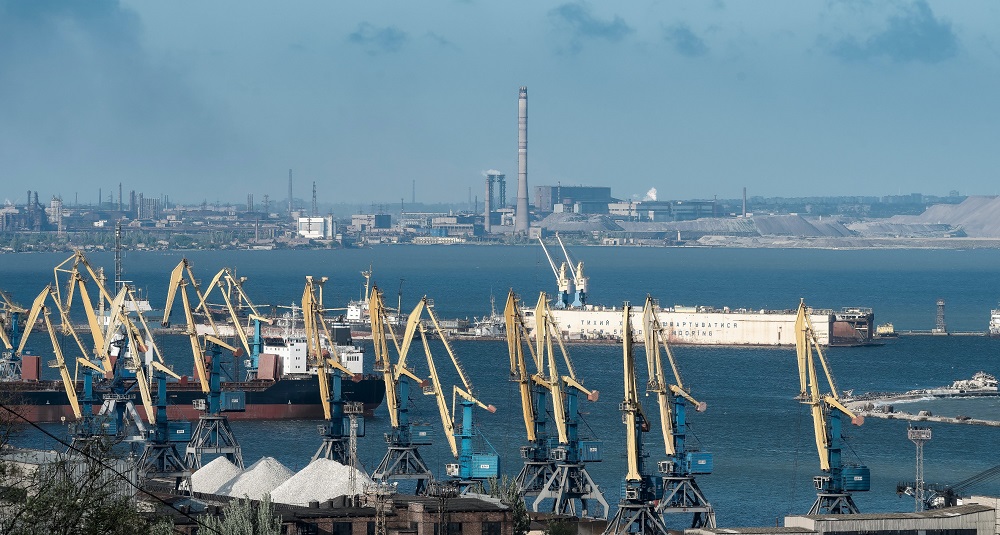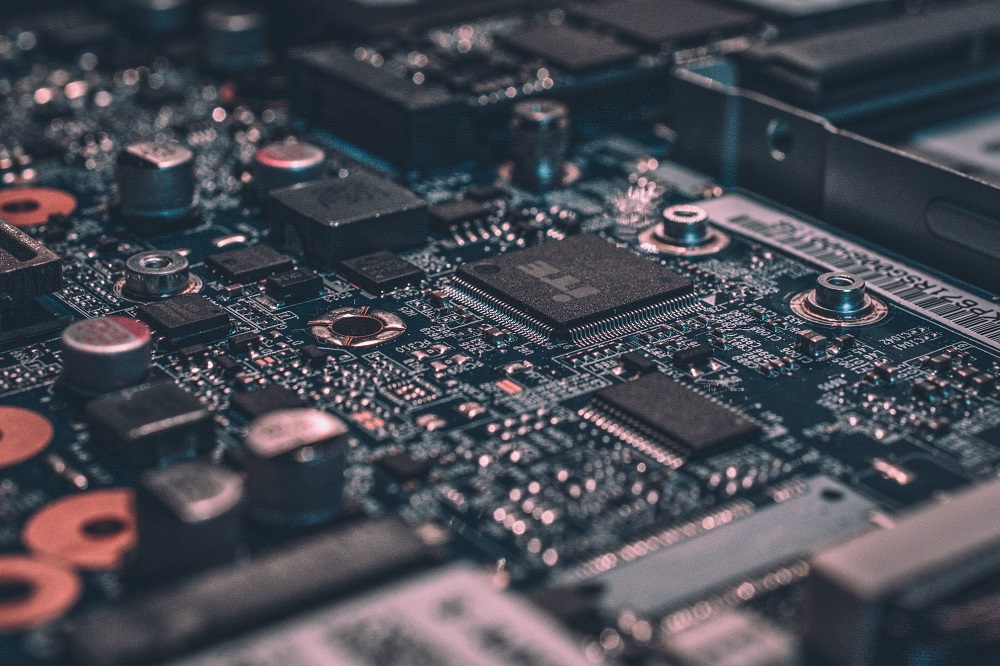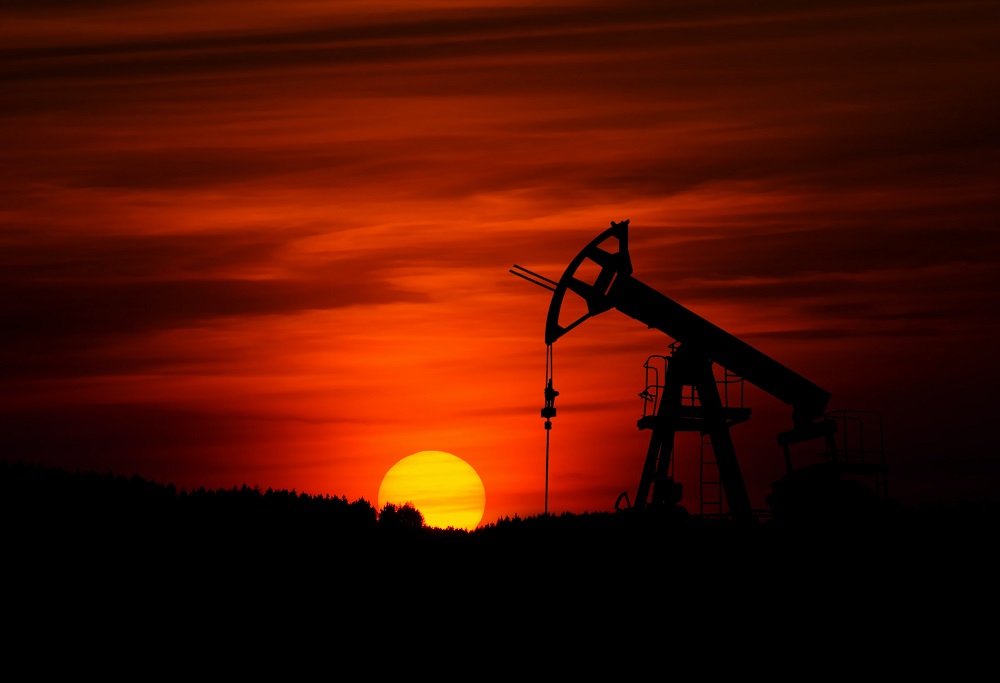In today’s world, technology has become the face of everything. Continuous development in the tech domain has broadened the horizons of companies across industries and toward the application and transformation of existing processes and functions. In all this, safety has always been one of the most significant parameters in which companies have been investing a lot lately, and the oil and gas industry is sure to be no exception. With the implementation of IoT, AI, ML, and robotics, the oil and gas companies are ensuring that their employees are now safer at their jobs against threats of injury or fatalities.
New technologies will play a major role in safeguarding and protecting the employees against serious safety threats, like - toxic chemicals, fires, and heavy machinery, with which the employees work closely on a daily basis.
Read more: How is Cutting-edge Technology Transforming the Qatar FIFA World Cup 2022 Experience

Drones and robotics
One of the most influential safety technologies are the ones that minimize human exposure to safety threats. The presence of drones and robotics can significantly reduce the risks involved in contractors working near safety hazards. In certain cases, collaborative robotics – designed to work alongside human workers – could be used to provide support in instances where full automation is impractical or impossible.
For example, slipping and falling remain a common cause of injury and death on oil and gas sites. Usage of drones in inspecting critical and otherwise inaccessible areas around an oil and gas plant will improve safety since drones provide easy access to assets that are mounted on dangerous heights. AI-operated drones could also be used to patrol and survey pipelines without the need for a human operator during the flight.
Read more: Inflation Reduction Act (IRA) Puts Spotlight on CleanTech

Intelligent Leak Detection Systems
Detecting small leaks and signs of corrosion is an important and recurring problem in the oil and gas industry. The traditional leak detection system for pipeline systems is called the Supervisory Control and Data Acquisition (SCADA) system. However, even with SCADA in place, pipeline operators have to send out a team for manual inspection of the areas along the pipeline, exposing them to hazardous vapors and often combustible environments.
For Example: IoT technologies leverage the combination of sensor technology for monitoring the pressure, gas flow, compressor conditions, temperatures, concentration, and other variables inside the pipeline, enabling them to pick up leaks emerging even from a pin-sized hole.

AI and Predictive Modeling
The pattern-finding capabilities of AI make it a powerful tool for analyzing unstructured data. The implementation of AI and ML technologies in the oil and gas industries can enable new predictive models that can leverage data to forecast future events like machine failures or possible safety events. AI would most likely turn out to be the most efficient when its capabilities are combined with industry 4.0 technology trends, i.e., connectivity and networked devices.
For example, wet scrubbers used to scrub away harmful gases, and particulate matter in industrial exhausts must be replaced regularly. As a scrubber ages and begins to fail, emerging warning signs like lower performance or proliferation of bacteria within the scrubber may become apparent. A predictive maintenance algorithm could pick up on these signs and other subtler indicators of scrubber failure much sooner before the scrubber begins to fail completely.
Read more: Tech-Related Ethical Concerns Businesses Should Address in 2022
With a presence in New York, San Francisco, Austin, Seattle, Toronto, London, Zurich, Pune, Bengaluru, and Hyderabad, SG Analytics, a pioneer in Research and Analytics, offers tailor-made services to enterprises worldwide.
A leader in the Technology domain, SG Analytics partners with global technology enterprises across market research and scalable analytics. Contact us today if you are in search of combining market research, analytics, and technology capabilities to design compelling business outcomes driven by technology.









